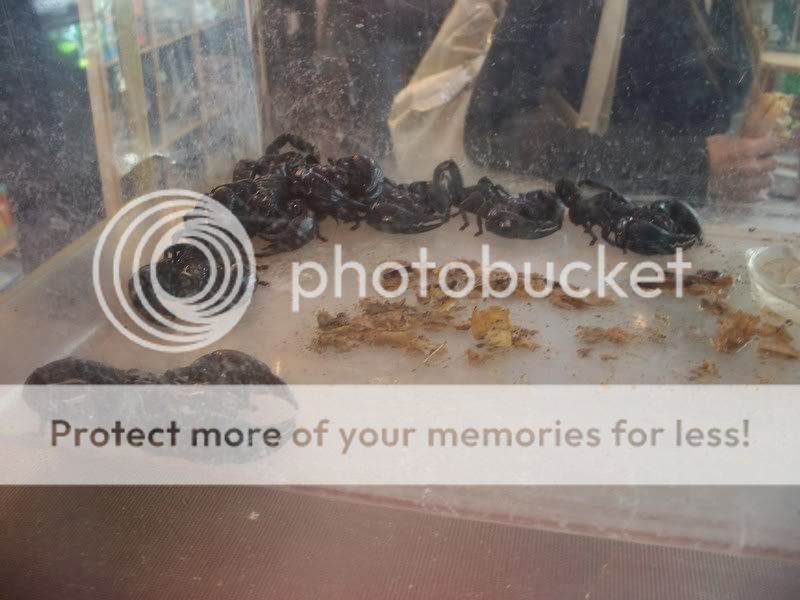
There are now more museums and some very modern shopping centres. Here are some of the things of interest we found in the shops.

A pink and a lime green piano.

Animal rides for children.


Interesting pets in the pet shop.

A new beauty treatment where the fish do the work

A different type of entertainment on the grassed square.
There were Australian mangos that cost $8 and a 5 ringgit ($1.50) shop, equivalent of our $2 shops, but where everything was 5 ringgit, including computer padded bags, knives, lever arch folders, shirts, soft toys etc.
Ken and I have just finished reading an incredibly interesting book called 'The Lost History of Christianity' by Phillip Jenkins which records the history of the spread of Christianity along the Silk Road from after the resurrection until well into the Middle Ages. It speaks of the large Christian populations that were established throughout Asia, Africa and Euro-Asia. It was therefore interesting to go again to see the temporary tomb of St Francis Xavier, a Catholic missionary from the 1500s. He died in China, his body was moved and buried for nine months in Melaka and then reburied in Goa, India.

We went to church at Christ Church.

The church was built in 1753 by Dutch Lutherans but was converted to Anglican use under the British. Services are run in English, Malay, Chinese and Tamil. Most of the congregation at the English service were of Chinese or Indian descent. Their delightful minister delivered a very scatty sermon in what was a traditional service complete with altar boys and gowned choristers. We were made to feel very welcome and Ken was invited to join the people from the congregation who were celebrating anniversaries or birthdays in the coming week (Ken's will be in two weeks time) for a special blessing.
We went to the torture museum but I walked out. It was too, too horrible. The one interesting fact I took from it concerned chastity belts. We have been led to believe that they were put on women to keep them chaste while their husbands were away for long periods of time. It was pointed out that this was not feasible as the belts would have caused disease and death. In fact, women probably elected to wear the belts on such occasions as overnight travel to protect themselves from rape.
Our taxi driver back to KL was a source of interesting facts.
• There are quotas for Chinese and Indians for government positions.
• There are limited places for Chinese in universities and scholarships are only for Malaysians.
• The population used to be 55% Malay but is now 65% Malay, as the Chinese are having fewer babies so that they can fund their education.
• Only businesses pay taxes. Chinese businesses are usually monitored. Bean counters sit in their shops all day and count the number of customers. They do not check Malaysian businesses.
For our Christmas present, Ken bought us all hotseats for the 13 hour flight to London and for all my AirAsia flights. This meant extra legroom. It was a wonderful present. I have had no hint of a recurring DVT on this trip.
This comment has been removed by a blog administrator.
ReplyDelete